The splendour of the Cape Winelands in two minutes of sensory pleasure. (Video)
Introduction
The history of the South African wine industry is a tapestry woven with threads of colonial exploration, hardship, resilience, and a commitment to excellence. Stretching back to the 17th century, the roots of this industry have weathered the challenges of time, evolving into a vibrant and globally respected wine-producing region.
Some Stats
South Africa is the eighth largest wine producer in the world and the world's sixth largest exporter of wine. South Africa exports R10.3 billion (roughly US$ 600 million) worth of wine annually. In 2022 a total of 90,512 hectares of land used for wine grape cultivation by 2,613 wine grape producers for 536 cellars, the industry employed 269,096 people. The country produces 1.13 billion litres of wine annually with 81% being consumed domestically. In 2019 the wine industry's contribution to the national economy was R55 billion. (Wikipedia)
Early Beginnings
The story begins with the arrival of Dutch settlers at the Cape of Good Hope in 1652. Recognizing the potential of the fertile soil and favourable climate, Jan van Riebeeck, the first European to establish a settlement in the region, planted the seeds of what would become South Africa's wine culture. The initial vineyards were established to provide a local source of wine for passing ships, a crucial commodity for sailors on long sea voyages.
Huguenot Influence and Expansion
In the late 17th century, French Huguenots fleeing religious persecution brought their winemaking expertise to the Cape. Their arrival marked a turning point, introducing new grape varieties and refining winemaking techniques. The influence of these French settlers is still evident today in the prominence of varietals such as Chenin Blanc.
Challenges and Triumphs
The 19th century posed significant challenges to the South African wine industry. The phylloxera epidemic devastated vineyards, leading to the replanting of many areas with disease-resistant rootstocks. Economic fluctuations and changing political landscapes further tested the resilience of winemakers. However, through determination and innovation, the industry not only survived but thrived.
Apartheid and Transformation
The era of apartheid in the mid-20th century brought about a period of isolation for South Africa. Despite this, the wine industry continued to develop, with winemakers refining their techniques and experimenting with new grape varieties. The end of apartheid in the 1990s opened the doors to international markets, allowing South African wines to shine on the global stage.
Distinctive Grape Varietals
South Africa's unique terroirs and climate have given rise to a diverse array of grape varietals. Chenin Blanc, also known locally as Steen, has long been a flagship grape. Additionally, Pinotage, a cross between Pinot Noir and Cinsaut, is a truly South African creation, adding a distinctive touch to the country's winemaking heritage.
Modern Success and Global Recognition
In recent decades, South African wines have earned international acclaim for their quality, diversity, and value. Winemakers have embraced modern viticulture and winemaking techniques while also championing sustainable practices. The country's wines are now celebrated worldwide, with South Africa firmly established as a key player in the global wine market.
Looking Ahead
As the South African wine industry continues to evolve, it faces challenges such as climate change, economic considerations, and the need for ongoing innovation. However, the industry's history of overcoming adversity suggests that it is well-positioned to adapt and thrive in the years to come. With a rich past as a foundation, the South African wine industry raises its glass to a promising future of growth, sustainability, and continued excellence.

